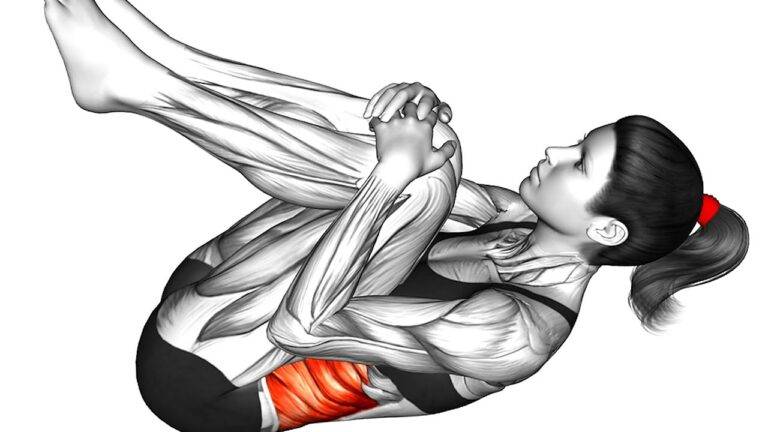Growing Beets in Containers is easy. This quick-growing vegetable doesn’t require much care and perfect for beginner container gardeners.
Beets are one of the fast-growing vegetables, and if you’ve grown other root vegetables like radishes or carrots, then growing beets in pots is not much different.
Choosing a Pot
Use any type of container you find best with SUFFICIENT drainage holes. However, clay pots are an excellent choice.
Plant Pot Sizes from Inches to Gallon
Best Time to Plant Beets in Containers
As a best practice, you can start planting beets in the spring, three-two weeks before the last (average) frost date in your area. You can continue to sow seeds every 3 to 4 weeks until the temperature starts to reach above 80 F (27 C).
Again, you can begin planting in the late summer and early fall (autumn) when the temperature starts to come under the range of 85 F (29 C).
Planting Time in a Hot Climate
As beets are a cool-weather crop, those who live in warm, arid, subtropical, or tropical areas (USDA Zones 9b-12) should grow them in late fall, winter, and early spring.
How to Grow Beets in Pots
First thing first–Beets don’t like to be transplanted, so no role for seed trays! Pick desired pots and sow seeds 1/4 inch deep. Once they germinate and reach a significant height, select the healthiest seedlings and thin others apart to maintain the recommended 3 inches distance spacing.
To speed up the germination, you can also soak the seeds overnight in non-chlorinated water before planting. However, if seeds are treated with fungicide, avoid this.
When will They Appear?
The seedlings will emerge anytime between 5 to 15 days, depending on the growing conditions. Until then, keep the pots in a spot that is warm and receives mild sun.
Maintain the moisture in the soil. Once germinated, place the baby plants in the desired position, and later when seedlings grow up to 3 inches tall, thin them. To maintain the spacing recommendation mentioned below.
How to Grow Cabbage in Pots | Growing Cabbage in Containers
Best Beet Varieties for Containers
If you know how to grow beets in containers, you can try any variety. We’ve listed a few of them here: the Detroit Dark Red, Early Wonder, Sangria, and Sweetheart.
Requirements for Growing Beets in Containers
Beets can be grown in full sun to part shade, but for optimum growth, pick a spot that receives full sun, or in simple words–at least 6 hours of sunlight is necessary. Also, make sure the spot you place your containers has good air circulation.
Soil that is loamy, penetrable, and promotes the development of large roots is best for growing beetroot in a pot. Make sure your soil is rich in nutrients; you can add compost and other organic matter to improve it.
Also, avoid adding gravels or stones in the bottom layer when growing this root vegetable.
If you’re not using a commercial soil mix for growing beets, prepare your own by adding 1 part garden soil, 1 part compost or well-rotted manure, and 1 part perlite.
If you want to make a soilless mix, add 1 part peat moss or coco peat, 1 part compost or well-rotted manure, and 1 part perlite, vermiculite, or sand. You can also add slow-release fertilizer that is low in nitrogen at the time of mixing the soil.
Maintain the 3 inches of distance between each plant from all directions for growing beets in pots successfully.
You can grow each plant 2 inches apart if you’re growing it for tasty beet greens, but this will hamper the growth of beetroots. For your reference, a 12 inches wide rectangular pot can support around 4-5 plants.
Keep in mind the optimum temperature for growing beets in containers require a temperature of around 50 F – 85 F (10 C – 29 C), but they can be grown in temperature as low as 40 F (4.5 C) and as high as 90 F (32 C) with some difficulty.
Growing Kale in Pots | How to Plant Kale in Containers
Beet Care in Containers
It’s a good idea to use either time-based (slow-release) fertilizer or compost. As beets are root vegetables and you may like to increase their root development, use a fertilizer that is low in nitrogen but high in phosphorous and potassium—for example, a formula of NPK 5-10-10.
Once the beetroot plants growing in pots in 3-4 weeks old and doing well, switch to a water-soluble fertilizer. If you’re not adding slow-release fertilizer, you can apply liquid fertilizer as early as 2 weeks with the same 5-10-10 formula.
If you see Nitrogen deficiency in the soil, use the complete fertilizer like 20-20-20.
Suppose you want to grow beets organically, side-dress plants with compost or manure, and feed the plants with compost tea every other week. As beets usually suffer from boron deficiency, you can add seaweed (an excellent source of boron) fertilizer in compost tea for optimum growth.
Pests and Diseases
When growing beets in pots, you don’t have to worry much about pests and diseases. You can avoid most of the problems by not overwatering and avoiding overhead watering.
The common culprits are root rot and scab. Leaf miners and common pests like aphids can affect foliage growth, but you can easily control them by early measures.
Beets, on average, require anywhere from 6-9 weeks to get ready for harvest after germination.
When to Harvest Beets
Check out our article on growing Kohlrabi in pots here
How to Harvest Beets
Beet Greens
Beet greens, the leafy tops of the beet plant, are not only edible but also highly nutritious and versatile. Here’s a breakdown of various uses for beet greens:
1. Salads
2. Cooking Greens
3. In Soups and Stews
4. Smoothies
5. Sandwiches and Wraps
6. Pasta Dishes
7. Juicing
8. As a Pizza Topping
9. Steamed
Find out some Healthy Smoothie and Juice Plants for the Garden here
Growing Beets in Containers – FAQs
1. What Size Container Should I Use for Growing Beets?
2. What Type of Soil is Best for Beets in Containers?
3. How Many Beet Seeds Can I Plant in a Container?
4. How Often Should I Water Container Beets?
5. Can Beets Grow Indoors in Containers?
Best Ferns for Containers that Grow Indoors & Outdoors Easily
6. What are Common Pests and Diseases, and How Can I Prevent Them?
7. How Long Does It Take for Beets to Grow in Containers?
8. Can I Also Harvest the Greens of the Beets in Containers?
9. What’s the Best Fertilizer for Container Beets?
10. Can I Grow Beets Year-Round in Containers?
This content was originally published here.




















